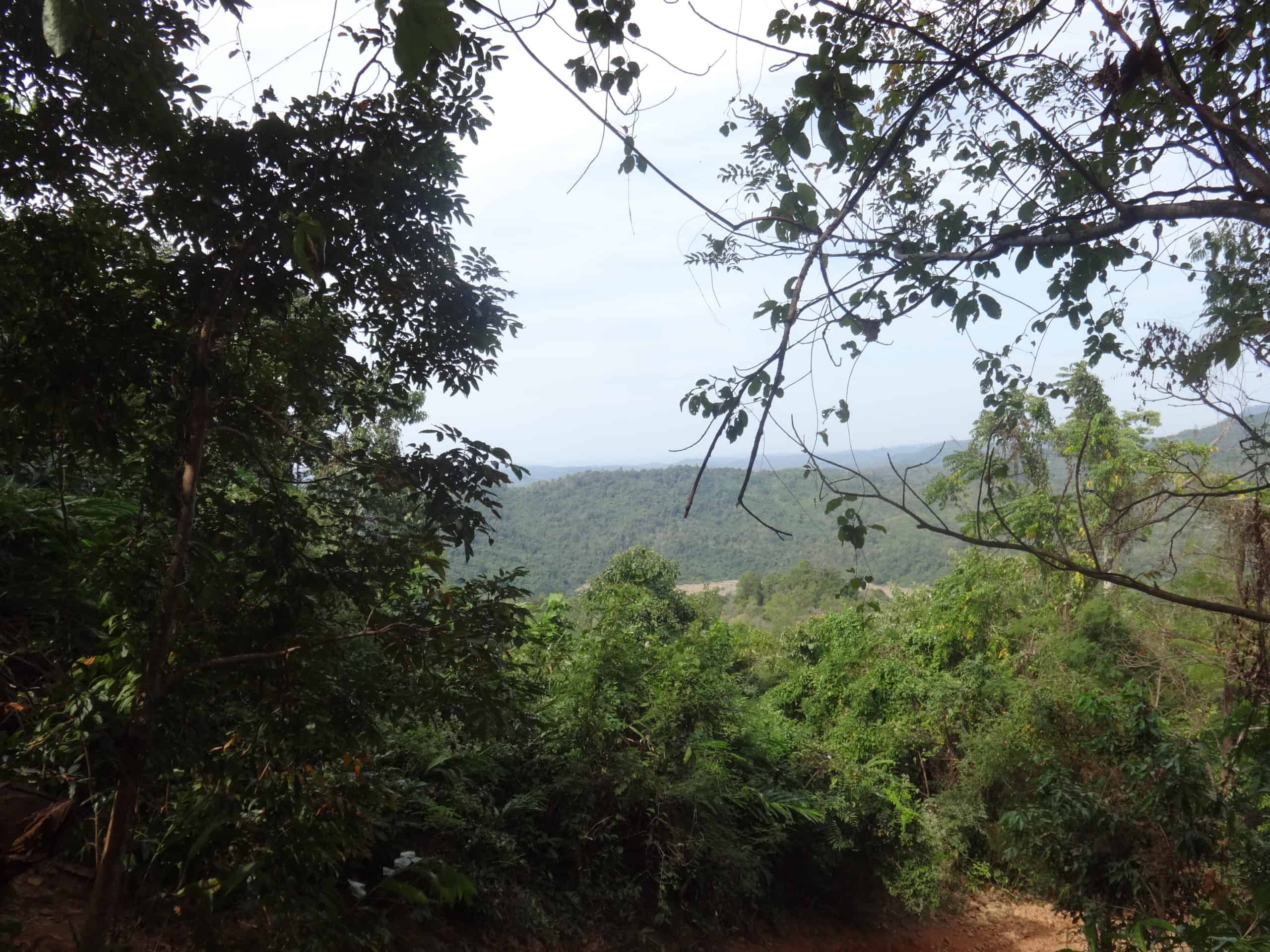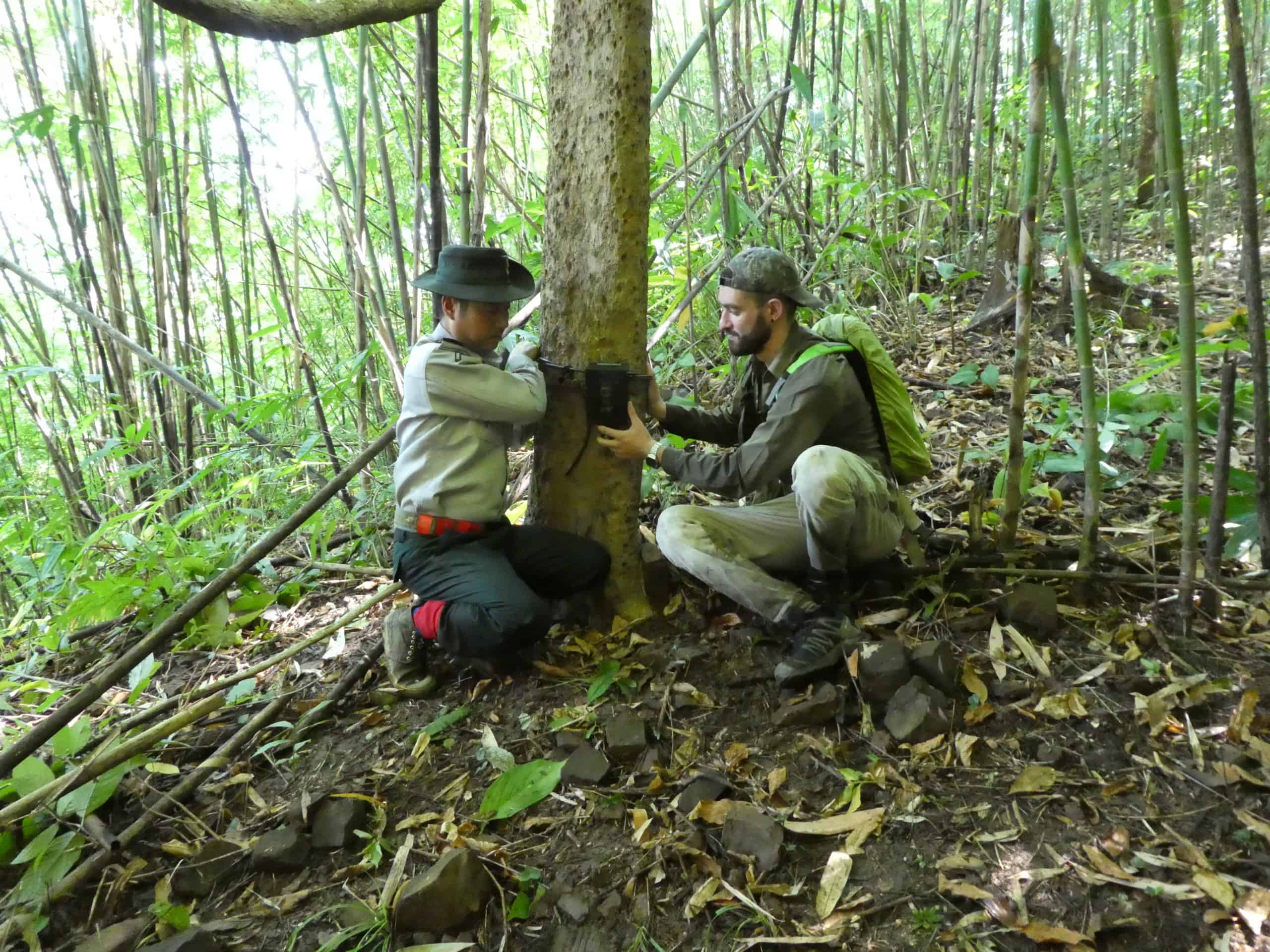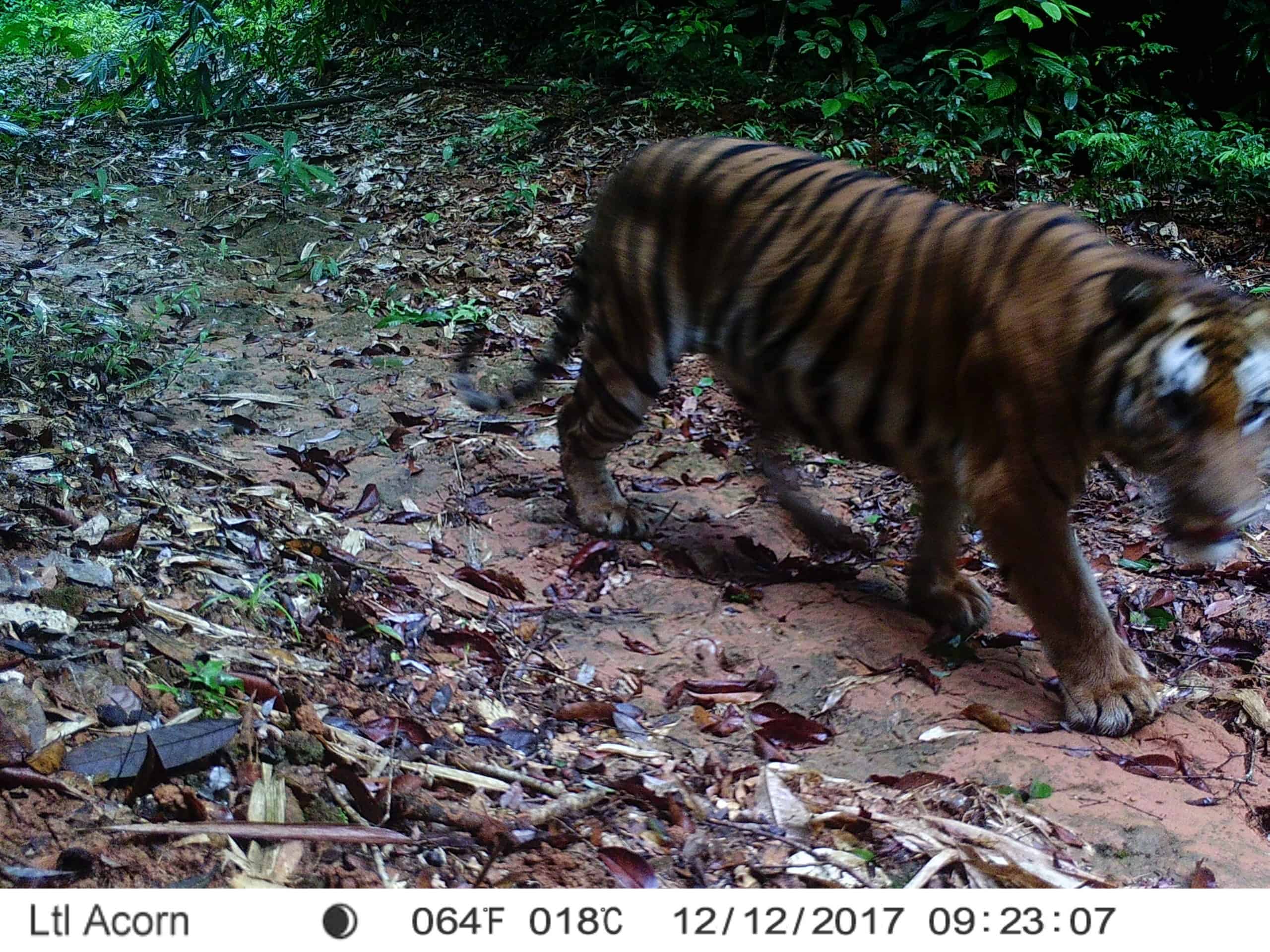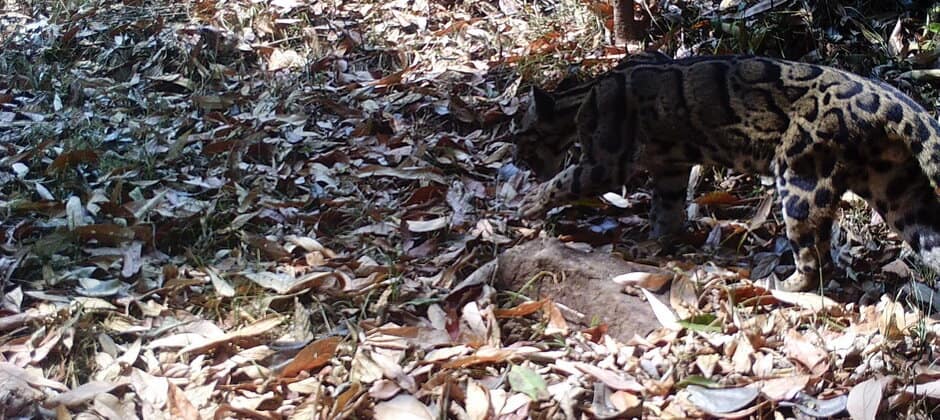Share this article
Wild Cam: Humans curtail Burmese mammal diversity
Sun bears, Asiatic golden cats and pig-tailed macaques may sound like an exotic wildlife assemblage to many westerners, but these mammals play important roles in Myanmar’s ecosystems. However, many of those animals found in the Southeast Asian country are either becoming scarcer or changing their ecological patterns. The reason? Researchers point to poaching and development. Sometimes human presence on the landscape alone is enough to negative affect wildlife populations.
Giacomo Cremonesi, a postdoctoral research studying environmental science at the University of Insubria in Italy, and his co-authors worked with Project Sun Bear, a program run by Oikos Institute, a nonprofit organization dedicated to conservation, to track mammal species on trail cameras over three years: the winters of 2017-2018, 2018-2019 and 2019-2020. They deployed 120 cameras in each of two different regions of Myanmar—Rakhine, a region along the west coast of the country that has a lot more human disturbance and in the Htamanthi Wildlife Sanctuary, a protected area in Sagaing in the center of Myanmar.
Enlarge

Credit: Giacomo Cremonesi
In research presented at The Wildlife Society’s virtual 2021 Annual Conference, the researchers captured images or footage of 36 different mammal species. They found less mammal diversity in Rakhine (pictured above) than in Sagaing.
“We found that in the undisturbed area there was a higher number of species,” Cremonesi said.
Enlarge

Credit: Lorenzo Gaffi
The researchers placed the cameras about 50 centimeters off the ground to better capture medium to large mammals.
So far, the team has begun analyzing their research on sun bears (Helarctos malayanus), one of the species captured on the cameras. These Asian bears face threats from poaching, since bear bile is often sought after in traditional Asian medicine despite the availability of synthetic alternatives.
“There is a huge demand on sun bears,” Cremonesi said, though he added that habitat loss also leads to bear declines.
While the team found sun bears in both areas, there were more bears in the wilder areas of Sagaing than in Rakhine.
The contrasting levels of human activity in the two regions also impacted sun bears’ activity patterns. In Sagaing, the bears moved around more during the day time, as shown in the video above. But in Rakhine, the researchers found the bears moved around mostly at nighttime. Analysis of the trail cameras also showed that wild boar (Sus scrofa cristatus) and northern pig-tailed macaques (Macaca leonina) become more nocturnal in Rakhine.
The bears were also associated with different types of ecosystems depending on the region. In Sagaing, bears were found in higher elevation evergreen forests, while in Rakhine they showed up in different types of ecosystems like evergreen forests, degraded forests and in bamboo patches.
Trail cameras also showed other species associated with evergreen forests, such as pig-tailed macaques, Asiatic golden cats (Catopuma temminckii), and clouded leopards (Neofelis nebulosa), pictured above. Proximity to villages and other human presence negatively affected all of these species.
Enlarge

Credit: Project Sun Bear
The researchers collected footage of tigers (Panthera tigris) in Sagaing but none in the more human-populated area of Rakhine.
They also found that the populations of species people often hunt for bush meat, like Malayan porcupines (Hystrix brachyuran) and northern red muntjac (Muntiacus vaginalis)—a small deer found in the region—also were negatively impacted by areas with more human presence.
The researchers found no significant effects of human presence on Asian elephants’ (Elephas maximus) population or activity patterns, even though these large mammals are considered crop pests in the area.
As part of their research, Cremonesi and his colleagues also conducted surveys with local people about their perceptions of sun bears.
“In general, people do not have a bad perception of bears,” Cremonesi said, adding that this species is among the smallest bears in the world at 40-60 kilograms. There are very few reports of registered sun bear attacks on humans.
Project Sun Bear released a series of recommendations for improving conservation of these large mammals. These suggestions include habitat restoration; the reduction of poaching for the Asian medicine market or bush meat; increased collaboration between non-government organizations, researchers and the government; the implementation of methods to effectively monitor population trends; and a general increase in public awareness and perception of sun bears.
This photo essay is part of an occasional series from The Wildlife Society featuring photos and video images of wildlife taken with camera traps and other equipment. Check out other entries in the series here. If you’re working on an interesting camera trap research project or one that has a series of good photos you’d like to share, email Josh at jlearn@wildlife.org.
Header Image: A clouded leopard passes a trail camera in Myanmar Credit: Project Sun Bear








